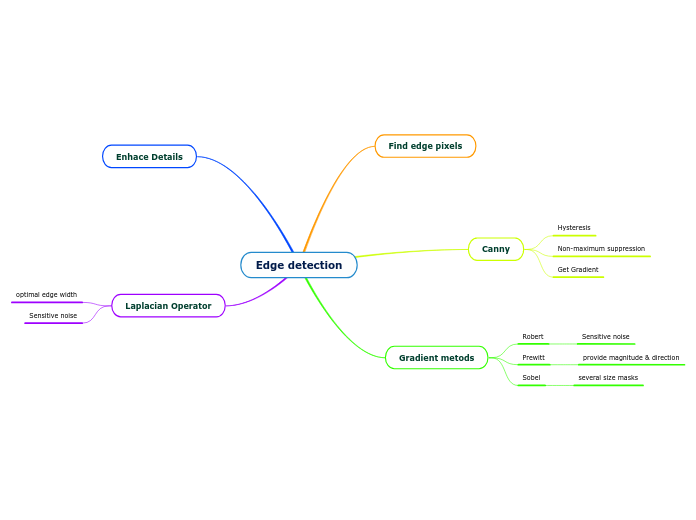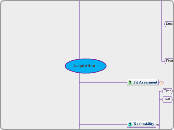作者:Sanjay Gupta 15 年以前
943
CMR
Magnetic Resonance Imaging (MRI) involves balancing various parameters to optimize image quality and acquisition speed. Spatial resolution and Field of View (FOV) are inversely related; a smaller FOV yields higher resolution images.









